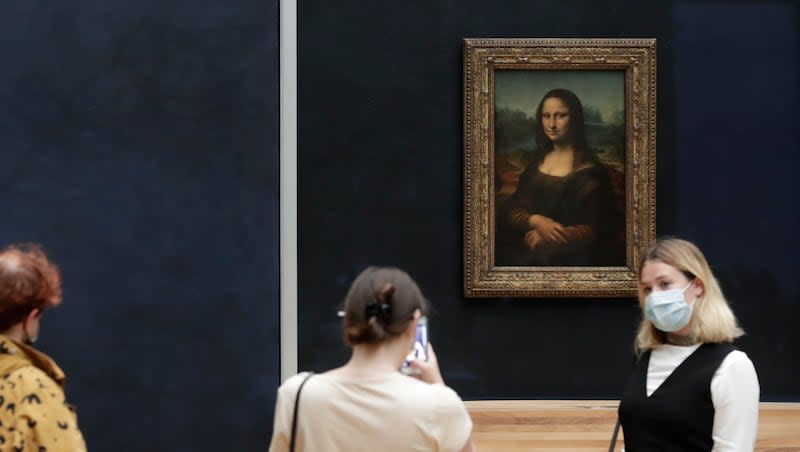This geologist claims she’s figured out the setting of the ‘Mona Lisa’

- Oops!Something went wrong.Please try again later.
A geologist claims she has figured out where the “Mona Lisa” was painted.
Ann Pizzorusso, a geologist and Italian Renaissance specialist, says her geology background led her to conclude that Leonardo da Vinci painted the “Mona Lisa” in the town of Lecco, Italy, Reuters reports.
What makes Lecco, Italy, special?
Lecco is located in northern Italy next to Lake Como, per The Guardian, southwest of the Alps mountain range.
According to Pizzorusso, the mountains, bridge and lake in the background of the “Mona Lisa” match the scenery of Lecco. She also discovered that da Vinci visited the city around 500 years ago.
In an interview with CNN, Pizzorusso explained how she used the artist’s personal diary and old illustrations to retrace his steps.
She discovered that, when he went through Lecco, he was working as an engineer, but the project he was focused on was canceled for some reason. But several sketches of his time in Lecco still exist, according to Pizzorusso, such as a chalk drawing of the Lecco mountains.
How geology helped
The Guardian reports how Pizzorusso noted that the limestone around Lecco was a gray-white color and matched the color of the mountains in his painting.
“If you look in the background, you’ll see pinnacles. It’s a type of erosion that happens in limestone that has fractures in it and breaks off in blocks, almost like a sawtooth pattern. … We can show limestone exists in (Lecco). When you look at the Mona Lisa, there’s a series of mountains in the background that have this sawtooth pattern,” Pizzorusso told CNN.
Pizzorusso also said that the lake in Lecco is a “geologically specific” feature and that it seems to match what’s depicted in the painting.
“If you look behind her you have the elongated glacial lakes that have a particular form like fingers. Because when the glacier moved it scoured out certain pieces of land,” she said, per CNN.
Michael Daley, the executive director of ArtWatch UK, shared his opinion of Pizzorusso’s new finding with The Guardian.
“Because she has bona fide scientific knowledge, when she notices things in Leonardo — the most scientific artist ever — they’re momentous. Art historians all speculate on where the Mona Lisa was painted. Anybody who sees a bridge thinks it was there. But Pizzorusso has compellingly pinned down the location with proof of Leonardo’s presence in the area, its geology and, of course, a bridge,” he said.

